
Circuit Theory and Applications
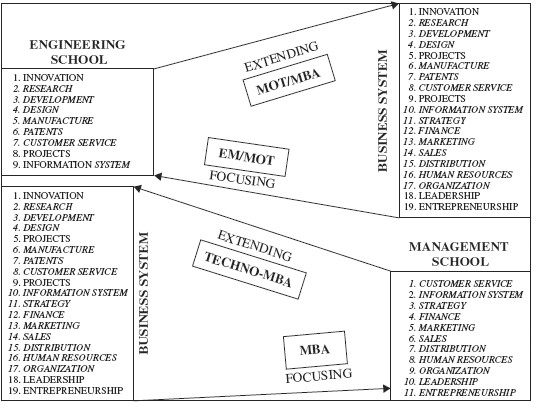
Managing technological innovation: Competitive advantage from change, third edition
Written by the author who helped crystalize the field of technology management and the management of innovation with the first two editions of Managing Technological Innovation, this Third Edition brings the subject in line with current business strategy. It also presents information in a newer organized format that aligns more closely with how the topics are presented and discussed in the classroom. Also included is a wider discussion of how science and technology interact with the global economy. © 2011 by John Wiley & Sons, Inc. All rights reserved.
Pronounced fluctuations of pions in ring-like events in 16O-Ag/Br interactions at 60 A GeV/c in the framework of complex network analysis
Visibility graphs (VGs), horizontal visibility graphs (HVGs) and the sandbox algorithm (SB) are applied for multifractal characterization of complex network systems that are converted from time series measurements, are used to characterize the fluctuations in pseudorapidity densities of singly charged particles produced in 16O-AgBr interactions at 60AGeV. The work presents the analysis of ring-like and jet-like events in terms of multifractality characterization of 16O-AgBr interactions at 60AGeV. We systematically compared the experimental events of both ring- and jet-like events with Monte
Rapidity distribution within Landau hydrodynamical model and EPOS event-generator at AGS, SPS, and RHIC energies
The rapidity distribution of well-identified particles such as pions, kaons, protons and their antiparticles measured in AGS, SPS, and BRAHMS experiments (Au+Au collisions), at various energies spanning from higher energies sNN = 200 down to lower energies 2 GeV, are compared with that obtained from huge statistical ensembles of 100, 000 events generated from the Cosmic Ray Monte Carlo (CRMC) EPOS event-generator. All these data are then compared to the results calculated in the frame work of Landau hydrodynamical model. The EPOS event-generator can describe the experimental data of the
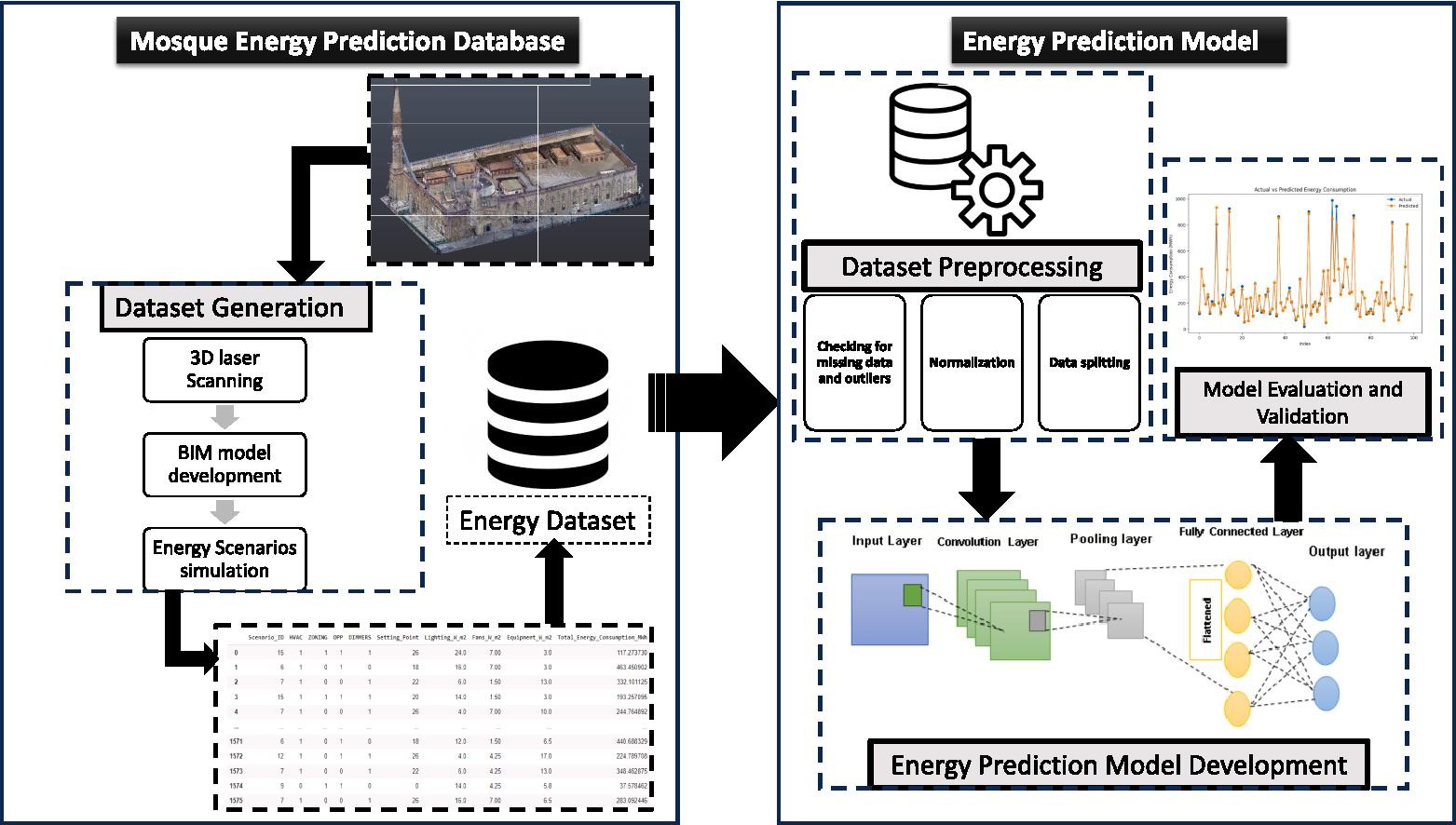
Predicting energy consumption of mosque buildings during the operation stage using deep learning approach
The energy consumption resulting from the construction sector is increasing rapidly. Different building types have different energy consumption schemes, especially during their operational stage. Among these types of buildings, mosques are considered one of the intermittent building types that suffer from huge energy wastage. That's why there is a need to monitor their operational performance through retrofitting or changing their operational scheme to enhance their operational performance and examine the effect of different alterations on the annual energy consumption. However, using
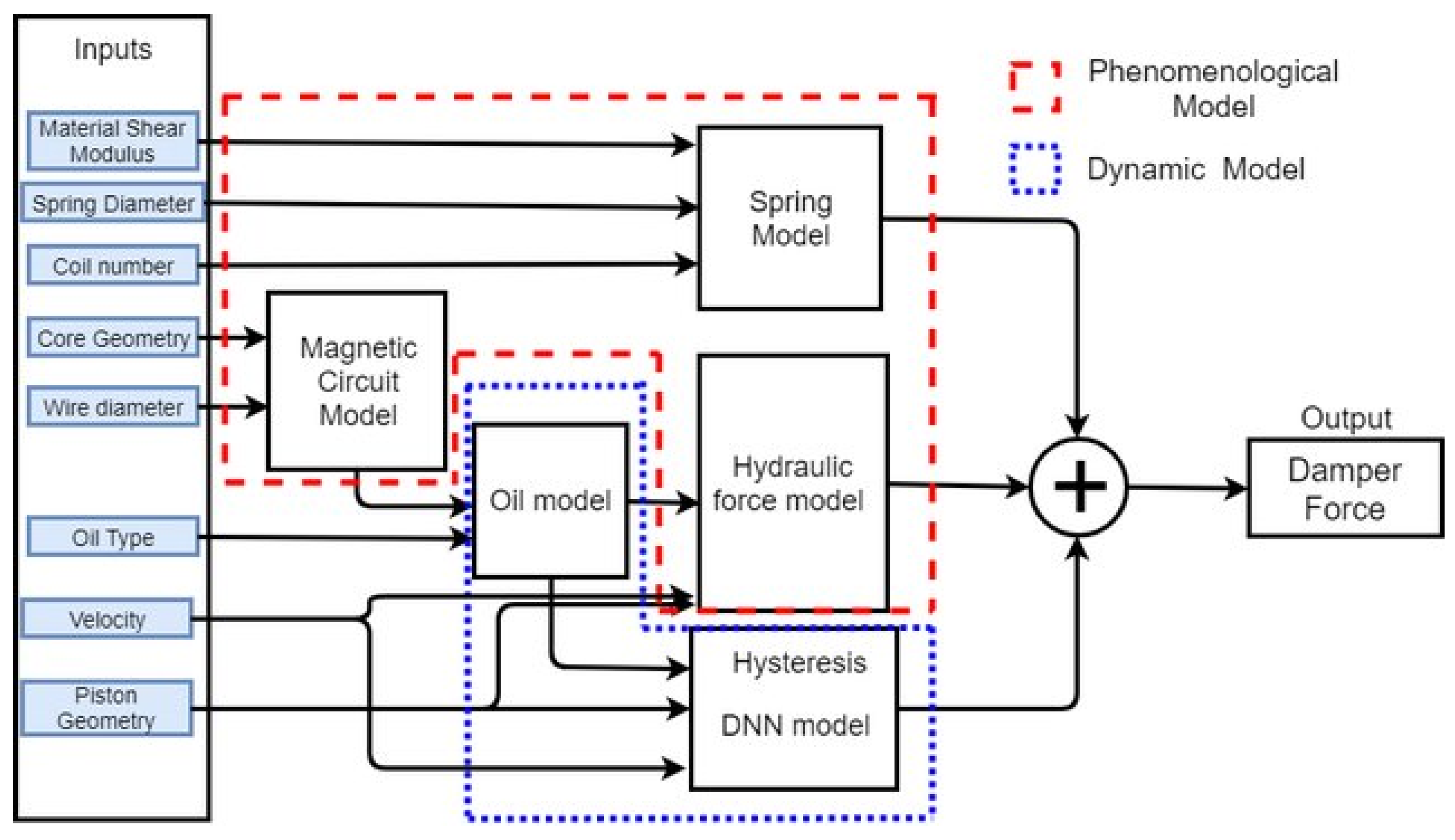
Adjustment of Tall Building Behavior by Guided Optimization of Magneto-Rheological Damper Control Parameters
Magneto-rheological dampers (MR-Dampers) are increasingly being used in construction applications to reduce the dynamic response of structures to seismic activities or severe wind loading. Sensors attached to the structure will signal the computer to supply the dampers with an electric charge that transfers the MR fluid to a near-solid material with different physical and mechanical properties (viscoelastic behavior). Control algorithms govern the fluid to near-solid conversion, which controls the behavior of the damper and the performance of the structure under the seismic or wind loading
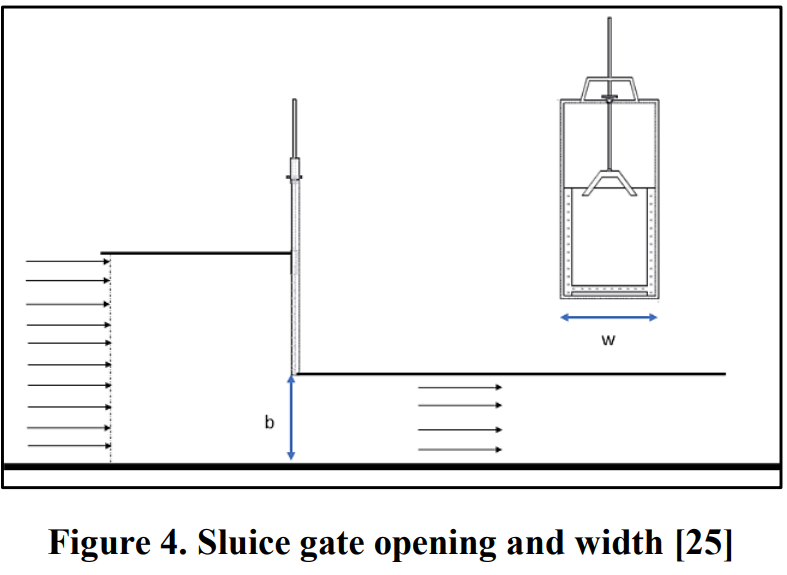
Estimate of Power Output from Hydraulic Jumps Generated Downstream from Barrages
Hydropower is an affordable, sustainable way to generate electricity. Research on hydraulic jumps focuses only on determining head loss across the jump, but there are no studies on generating power from the jump. This research aims to utilize energy dissipated from hydraulic jumps for power-generating purposes and further use this power in real-life applications. This research simulates ideal hydraulic conditions to identify the most stable hydraulic jumps, which will be used to generate power. The Seriakos barrage in Egypt was taken as a case study to simulate energy dissipated/power
A Fractional Variable Order Model of COVID-19 Pandemic
2020 has witnessed a rapidly spread pandemic COVID-19 which is one of the worst in the history of mankind. Scientists believe that COVID-19 spreads mainly from a person to another. Recent researches consider bats as a vector for COVID-19. This paper suggests a variable fractional order model for COVID-19 to figure out how bats and hosts interact, and how the seafood market affect people. The proposed model assumes that infection cannot be recovered. The basic reproduction number R0 for real data on reported cases in Wuhan China was computed. Disease-free equilibrium points and proposed model
Incorporation of perlite and recycled aggregates for internal concrete curing
Adequate curing of concrete is a fundamental step in concrete manufacturing to meet performance and durability requirements. Internal curing is a technique that can provide water to concrete for extended durations towards thorough hydration of the cement and reduced cracking. This work addresses potential use of two substitutes of ordinary aggregates for internal curing. Perlite as well as recycled concrete aggregates were incorporated at three dosages each to replace the coarse aggregates. Sets of concrete mixtures were prepared as fully cured in three different techniques: water, applying a
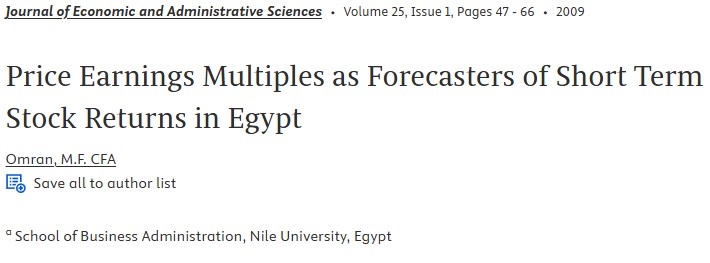
Price Earnings Multiples as Forecasters of Short Term Stock Returns in Egypt
The study examines determinants of price earnings (PE) multiples and their ability to forecast short term returns in the Egyptian stock market during the period from 2002 to 2007. Three factors were tested for their ability to determine the PE multiples. The three variables are growth, payout and return on equity (ROE) in the period from 2002 to 2005. Only Payout and ROE were found to be significant. The ability of past average PE multiples to explain and therefore forecast future short term returns were tested. Short term returns as measured by changes in stock prices from 2006 to 2007 were
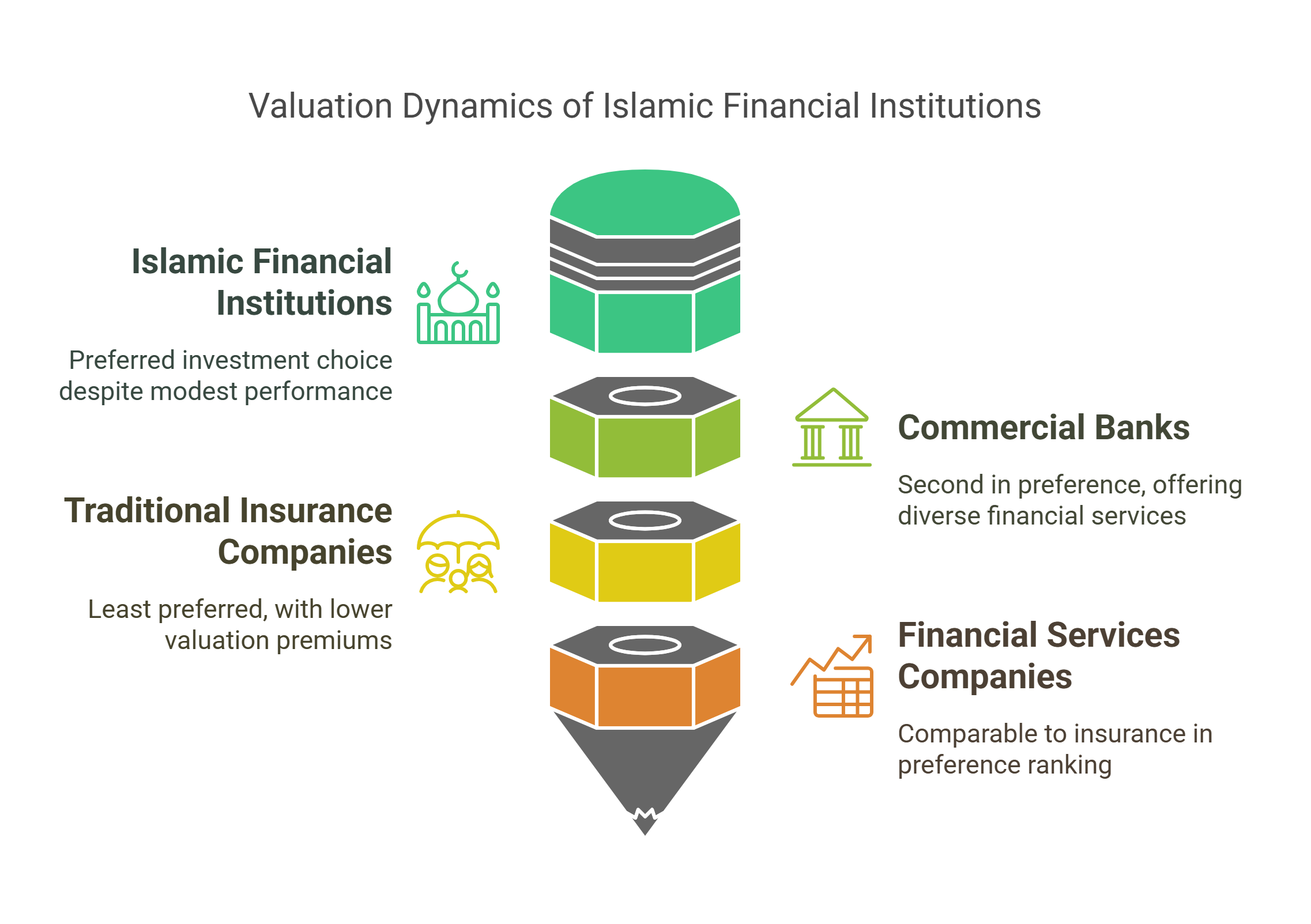
The valuation premium of the common stocks of Islamic financial institutions
The study examines the valuation premiums paid by investors for the common stocks of Islamic financial institutions in the United Arab Emirates (UAE). The UAE stock markets, during the period 2001-2005, were dominated by financial institutions which counted for 58% of all listed stocks. The study employs the price to book and the price to sales valuation multiples. Valuation by price to book value is more relevant and accurate for financial firms due to the high liquidity of their assets. It is found that there is a strong clientele preference for Islamic stocks despite the modest financial